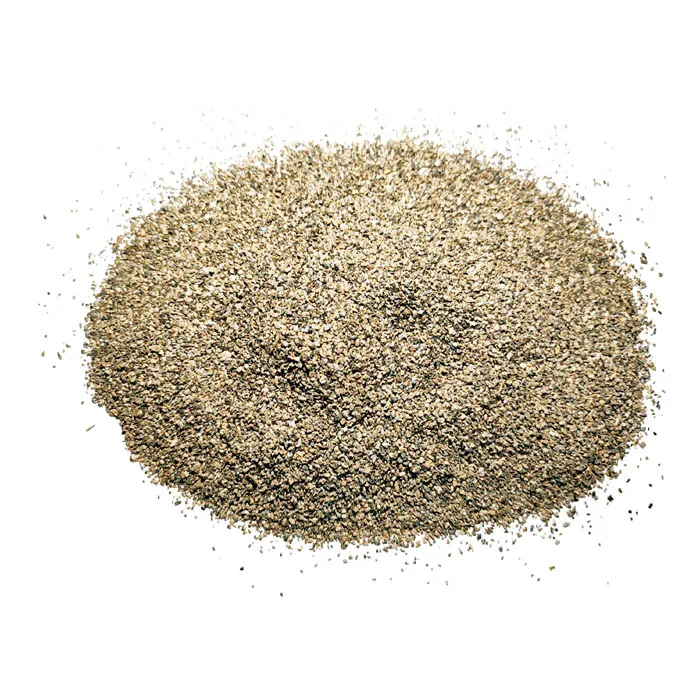พ.ค. . 22, 2025 14:06 กลับไปที่รายการ
Covering Agents in Metallurgy: Enhancing Efficiency and Surface Protection
In the demanding world of metal processing, maintaining purity, minimizing heat loss, and reducing oxidation are all critical to achieving high-quality results. This is where covering agents come into play. Whether you’re refining steel, aluminum, or other non-ferrous metals, choosing the right covering agent—particularly a Ladle Covering Agent or particle covering agent—can make a substantial difference in the quality of the final product and the efficiency of your operation.

What Is a Covering Agent?
A covering agent is a specially formulated substance applied to molten metal surfaces during casting, holding, or transport. Its primary function is to form a protective barrier over the molten material, preventing heat loss, contamination, and chemical reactions with the environment—particularly oxidation.
There are different types of covering agents, and their composition varies based on the metal being processed, the stage of production, and the desired outcome. They often include materials such as alumina, magnesium oxide, silica, or graphite, depending on their use.
Ladle Covering Agent: A Critical Tool in Metal Transport
The Ladle Covering Agent is used specifically in ladles—large containers designed to transport molten metal from furnaces to molds or casting machines. These agents are essential in both steelmaking and non-ferrous metallurgy.
Primary Functions of a Ladle Covering Agent:
Thermal insulation: Retains heat, keeping the metal at the optimal temperature.
Oxidation prevention: Blocks air from contacting the molten surface, reducing scale formation.
Slag interaction: Some agents absorb or modify slag, improving the cleanliness of the pour.
Reduced gas absorption: Prevents nitrogen and hydrogen absorption into the molten metal, which can lead to porosity in castings.
A well-formulated Ladle Covering Agent contributes to metallurgical quality and operational efficiency, especially in continuous casting environments.
What Is a Particle Covering Agent?
A particle covering agent refers to a granular or powdered substance that covers molten metal or slag during processing. These agents are commonly sprinkled over the surface and may melt or react depending on the process needs.
Key Characteristics of Particle Covering Agents:
Free-flowing granules: Easy to apply and distribute over molten surfaces.
Low density: Floats on the molten bath to form a uniform covering layer.
Chemically stable: Resistant to decomposition under high temperatures.
Reactive or inert: Can be tailored to absorb impurities or remain neutral.
These agents are especially popular in aluminum, copper, and zinc alloy production. Their granular form allows for controlled application and adjustment during metallurgical operations.
Common Components of Covering Agents
Whether it's a Ladle Covering Agent or a particle covering agent, formulations often include:
Silicates: Provide fluidity and insulation.
Magnesite and Dolomite: Contribute to slag resistance.
Alumina and Bauxite: Offer refractoriness and structural stability.
Carbonaceous materials: Enhance heat retention and reduce oxidation.
Fluxing agents: Help refine molten metal by reacting with impurities.
Benefits of Using High-Quality Covering Agents
1. Improved Surface Quality
By preventing air contact and oxidation, covering agents help ensure smoother, cleaner castings with minimal surface defects.
2. Enhanced Thermal Efficiency
Agents act as insulating layers, reducing heat loss during transfers or holding, which minimizes energy consumption.
3. Cleaner Metal
Certain covering agents react with or trap slag, dross, and inclusions, improving the chemical composition and structural quality of the final product.
4. Process Consistency
Consistent coverage and performance help standardize operations, reduce variability, and lower rejection rates.
Applications Across Industries
Covering agents are widely used in:
Steel foundries: To protect molten steel during ladle handling and pouring.
Aluminum smelters: To prevent oxide formation and control dross during melting and holding.
Copper and brass casting: For thermal insulation and impurity capture.
Zinc die-casting: To maintain surface quality and prevent gas pick-up.
Each industry tailors its use of Ladle Covering Agents or particle covering agents to match metal chemistry, furnace types, and casting conditions.
How to Choose the Right Covering Agent
Selecting the right covering agent depends on several factors:
Metal type: Ferrous vs. non-ferrous applications require different formulations.
Temperature range: Agents must be thermally stable at specific process temperatures.
Slag interaction needs: Some operations require agents that absorb or modify slag.
Application method: Whether applied manually, pneumatically, or automatically.
Reputable suppliers offer guidance on which particle covering agent or Ladle Covering Agent suits your operation best.
Safety and Handling Considerations
While most covering agents are non-toxic, they should be handled with care:
Use PPE when handling powders or granules to avoid inhalation.
Store in dry conditions to prevent clumping and ensure effectiveness.
Ensure compatibility with furnace linings and other process materials.
Proper training and handling improve performance and reduce risks associated with high-temperature operations.
Environmental Impact
Modern covering agents are developed with sustainability in mind:
Reduced emissions: Many low-fume or fume-free formulations are now available.
Low residue: Minimize waste generation and simplify slag disposal.
Recyclable options: Some agents can be recovered and reused in the process.
Choosing eco-friendly formulations supports regulatory compliance and environmental stewardship.
Covering Agent FAQs
Q1: What is the main difference between a Ladle Covering Agent and a particle covering agent?
A: A Ladle Covering Agent is typically designed for use in high-temperature ladles to insulate and protect molten metal, while a particle covering agent refers more broadly to granular agents used across various stages of metal processing.
Q2: Are covering agents only used in steelmaking?
A: No. Covering agents are also widely used in non-ferrous metal industries like aluminum, copper, and zinc.
Q3: Can covering agents affect metal chemistry?
A: Some are inert and don’t react with the molten metal, while others are designed to refine or purify it by absorbing impurities.
Q4: How do I apply a particle covering agent effectively?
A: It's usually sprinkled evenly across the molten surface using ladles, scoops, or automated dispensers depending on the scale of operation.
Q5: Are there environmentally friendly covering agents?
A: Yes. Many suppliers now offer low-emission, non-toxic, and recyclable covering agent formulations.
-
zonolite-vermiculite-historical-uses-in-construction
ข่าวAug.22,2025
-
pink-bauxite-rarity-and-collector-value
ข่าวAug.22,2025
-
heat-refractory-material-thermal-conductivity-characteristics
ข่าวAug.22,2025
-
refractory-lining-material-selection-criteria
ข่าวAug.22,2025
-
therm-o-rock-vermiculite-insulation-properties
ข่าวAug.22,2025
-
bauxite-ar-in-modern-mining
ข่าวAug.22,2025
